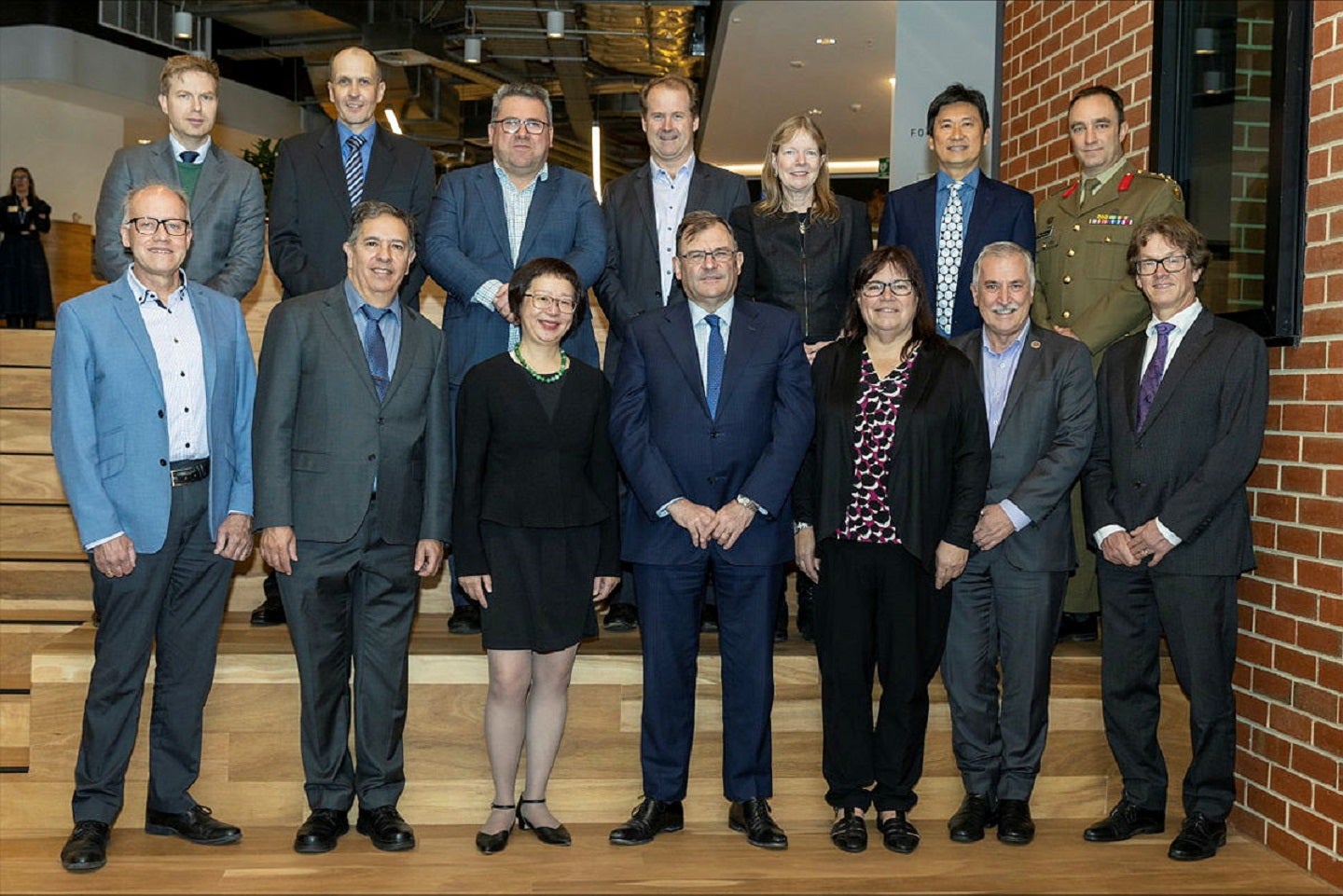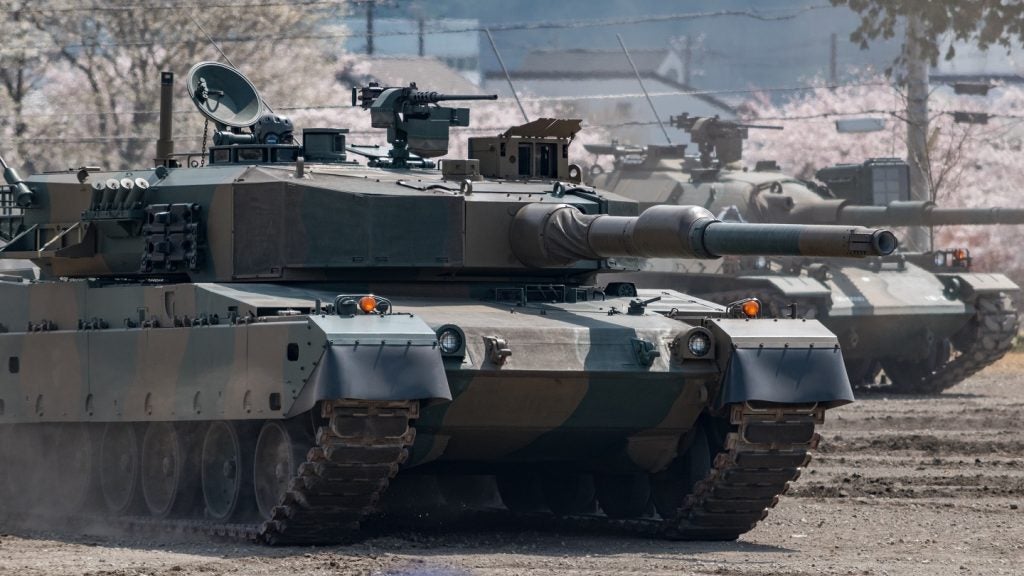
A new research centre has opened that will support the Australian Defence Force (ADF) operate in hazardous environments.
The Centre for Advance Defence Research and Enterprise (CADRE), based at the University of Melbourne, opened on 19 May 2023. Bringing together academic and industry organisations, the CADRE will develop new concepts and technologies to protect military personnel.
Chief Defence Scientist, Professor Tanya Monro, said CADRE would mobilise the science, technology and innovation ecosystem.
“CADRE is bringing together some of the best and brightest minds in academia and industry so we can protect our warfighters in chemical, biological, radiological and nuclear threat environments,” Monro stated.
The Commonwealth signed an agreement with the University of Melbourne. The institution will lead in a close partnership with the University of Adelaide, Queensland University of Technology and the University of New South Wales.
Another eight academic institutions and 34 industry partners from multiple sectors will support the CADRE. The government will allocate A$4.25m ($2.8m) to the enterprise over the next five years.
Strategic allies with strategic differences
The enterprise draws on a mix of different parts – from academia, industry and government – to come up with innovative solutions to the problem of operating in dangerous environments.
Lately, the United States has exclusively relied on the private sector to maintain a competitive military advantage; especially now as the Biden administration pursues China with no real strategic objective.
Growing tensions have led the US intelligence community to assert in a Senate Select Committee in March that the private sector is the be all and end all of military advancement.
The Director of the Central Intelligence Agency, William Burns, went so far as to say that the technologies supplied by the private sector have become “the main determinant of our future as an intelligence service.”
It is surprising that Australia,which is closer to the fray in the Indo-Pacific, does not emulate its key strategic ally. The CADRE deviates from US reliance by plugging in several sources of innovation that are centralised by the government.
Contrary to Burns’ depiction of the US military-industrial complex, Australia determines the direction of its technological advancement to some extent.
Australia hedges its bets
CADRE Director, Professor Jia-Yee Lee, said that members would collaborate based on their individual strengths and create cross-functional teams to achieve targeted outcomes.
“We will join together key elements of the innovation life cycle, from laboratory experiments, to prototypes, to productisation and finally translating to defence end-user capability,” Lee stated.
Australia’s Defence Strategic Review (2023) suggests this holistic approach to accelerate technologies.
“Relevant programmes need to accelerate technology research and innovation relating to capability. They must also enable appropriate signalling of demand to research and industry sectors.
“[This will] provide clear methods of communication and linkages to national research bodies (including the university sector and various innovation bodies).”
By “signalling demand”, the ADF takes a hands-on approach in determining the field in development. The result of this strategy is that Australia places greater clarity on its objectives. Meanwhile, the US jumps from one field to another – from hypersonics to quantum computing – pumping cash injections. All without a course of action other than maintaining its military advantage over China.








